Do I Need Planning Permission for a Bunded Oil Tank?
Contents
Installing a bunded oil tank should be a straightforward upgrade, but many homeowners hesitate because they’re unsure about planning permission. The rules can feel vague at first glance, and people often worry about making a mistake that could delay their project or create problems later. What this really comes down to is understanding when an installation falls under permitted development and when your local authority expects a formal application.
Bunded tanks are now the standard choice for domestic oil storage across the UK. Their double-wall design adds an important layer of protection, making them safer and far more resilient than older single-skin models. That extra containment isn’t just about reducing the risk of leaks; it’s a major part of how oil storage regulations are enforced. Government guidance explains why safe storage is so important and how proper containment reduces environmental risk, as outlined in the official oil-storage regulations from GOV.UK: https://www.gov.uk/oil-storage-regulations-and-safety
Understanding How Bunded Oil Tanks Are Regulated
Before you get into planning rules, it helps to have a clear sense of how a bunded tank is viewed under UK regulations. Domestic tanks are considered minor structures when installed correctly and within certain limits. That’s why many installations can go ahead without formal permission. The structure itself isn’t usually the issue; the placement, size and environmental context are what determine whether you need approval.
Homeowners using oil for heating generally fall under straightforward rules. The aim is to ensure that a tank sits safely within the property, has enough clearance from buildings and boundaries, and meets separation guidelines designed to protect nearby structures. A standard domestic garden installation, using a typical domestic-sized tank, usually ticks these boxes without difficulty.
Permitted Development and When It Applies
Most domestic bunded oil tanks fall under permitted development rights. That means planning permission isn’t required as long as the installation stays within a recognised set of limits. Capacity is a major factor. Tanks up to 3,500 litres are usually treated as an acceptable size for permitted development when placed within a private garden. The location matters too. A tank positioned at a sensible distance from walls, fences and flammable materials is far more likely to meet the exemption criteria.
The intention behind these rules is simple. If a tank is discreet, safe and clearly domestic in scale, it shouldn’t need the same level of oversight as commercial storage. Problems tend to arise only when a tank sits too close to buildings, crosses boundary expectations or appears oversized for the property.
Clearance requirements are there to reduce fire risk and provide adequate space for maintenance. Installers will usually advise on these distances as part of the process, which helps streamline compliance. If you want a detailed look at how installation works from start to finish, you can explore our installation guidance at https://www.oiltanksplus.co.uk/oil-tank-installation/
When Planning Permission May Be Required
There are situations where permitted development no longer applies. The most common example is when the property is located within a conservation area or is a listed building. These locations operate under stricter planning controls, meaning external additions or alterations often require permission regardless of size.
Larger commercial installations fall into a separate category. Once storage volumes climb, or when the tank is part of a business premises rather than a domestic property, your local authority may expect a formal planning application. These rules exist because spills or leaks involving larger fuel quantities can have a greater environmental impact. Government guidance on hazardous substances, which applies more often to commercial or high-capacity sites, outlines how certain installations require notification or oversight: https://www.gov.uk/guidance/hazardous-substances
It’s also worth noting that planning expectations can vary slightly between local authorities. If your tank sits in an unusual location, is visible from a public road or forms part of a wider renovation, checking early with the planning department helps avoid delays.
Additional Factors to Keep in Mind
Even when planning permission isn’t required, other responsibilities still apply. The tank must meet current safety standards, including proper support, suitable base construction and compliance with fire-safety clearances. Installers often follow OFTEC-recognised practices to ensure the setup meets environmental and structural expectations.
Insurance is another point to consider. While planning permission and insurance are separate issues, your provider will usually want to know when a tank is installed or replaced. Keeping them updated avoids complications if a claim is ever needed, especially if the tank stores a significant volume of fuel.
Environmental protection is also part of good installation practice. Proper drainage, suitable siting and a compliant containment system all reduce the chance of a spill becoming a large, costly problem. Taking these steps not only satisfies regulations but also protects your property in the long term.
If you ever replace an old tank as part of your upgrade, make sure disposal is handled safely and in line with environmental rules. You can read more about compliant removal at https://www.oiltanksplus.co.uk/oil-tank-disposal/
Final Thoughts
Planning permission for a bunded oil tank isn’t something most homeowners need to worry about, but understanding the rules helps everything run smoothly. Domestic installations within standard size limits usually fall under permitted development, provided the tank is placed sensibly and meets clearance guidelines. Permission becomes more relevant for listed buildings, conservation areas and commercial systems handling larger volumes of fuel.
The safest approach is to check your specific situation early, speak with your installer and contact your local planning department if anything is unclear. With the right preparation, installing a bunded oil tank is a straightforward project that improves the reliability of your heating system and protects the environment around your property.

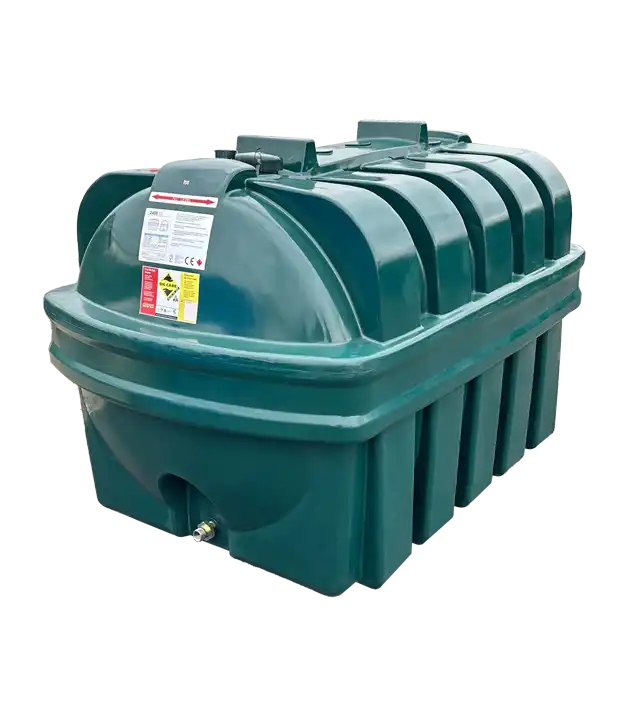
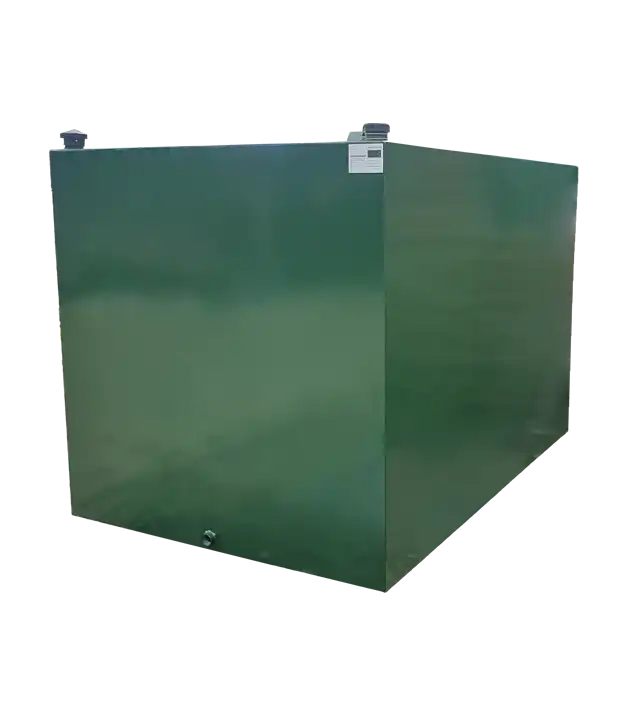
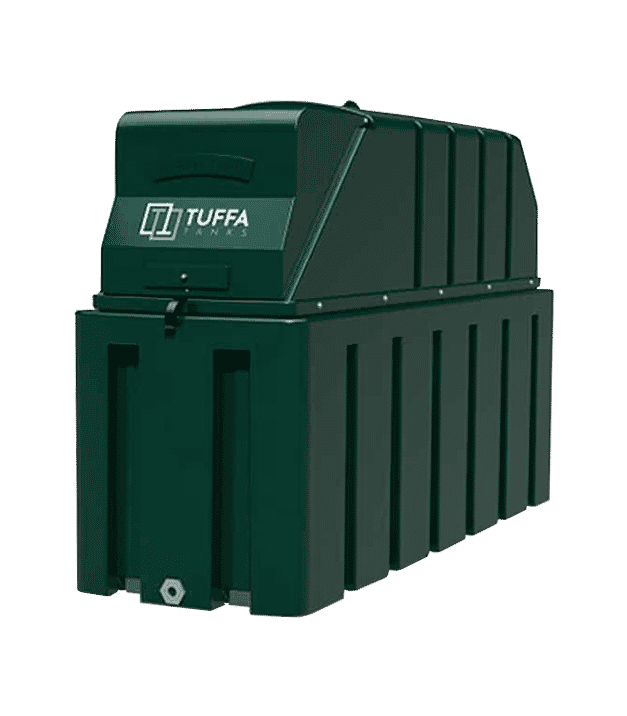
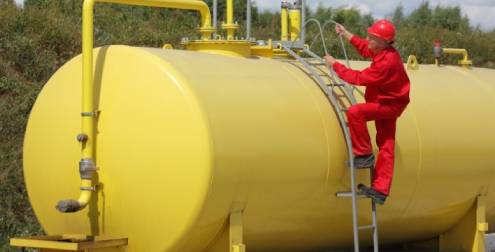
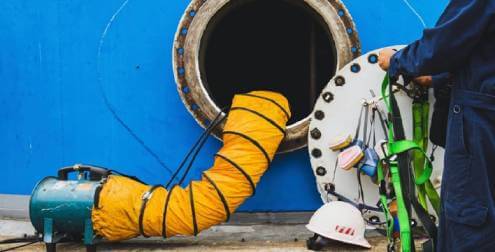
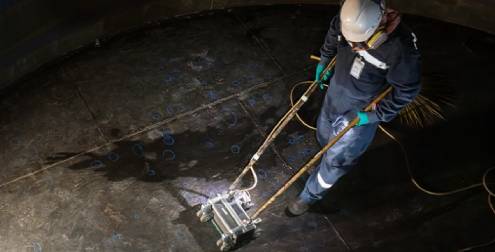

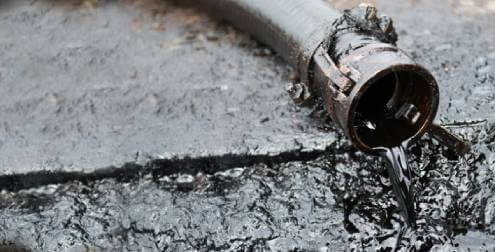
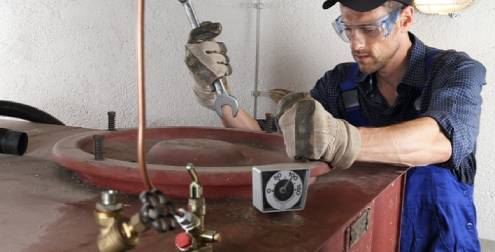

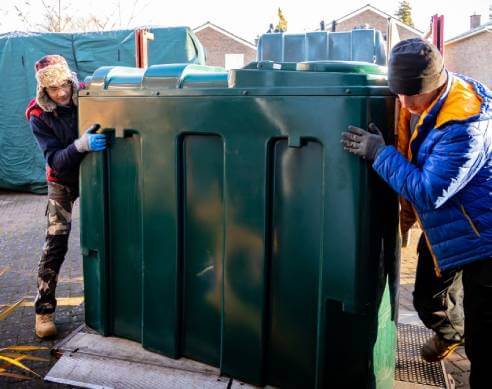



Share This: